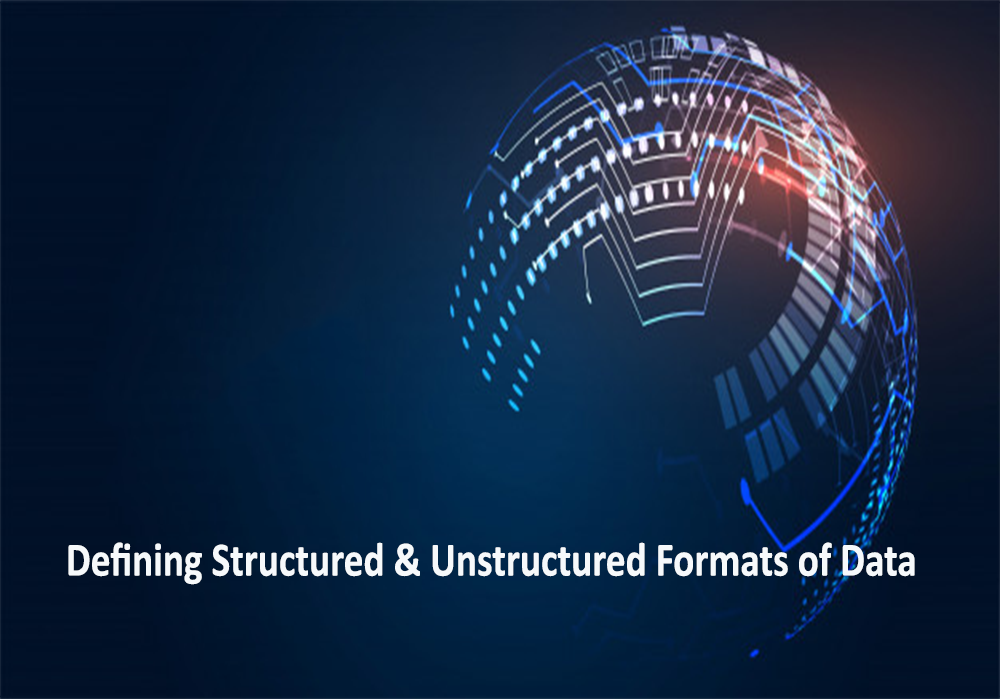Last Updated on by
Defining Structured & Unstructured Formats of Data

The era of Big Data is finally here & based on the recent scenarios it’s quite evident that most of the companies are seeking to utilize Big Data. Even small scale companies that aren’t based on any cutting edge technologies are also working towards gaining competitive advantage by working on massive amounts of data.
With the constant rise in the number of businesses that are emphasizing on collecting & analyzing the data, this has made it a necessity for every business & analytics career enthusiasts to have a clear knowledge of different formats in which data can come in.
Classification of Data:
Data can be broadly classified into two types namely Structured data & unstructured data.
Structured Data-
Structured data can be interpreted as the form of data which is well organized & well formatted. Due to its organized format placing this type of data into tables & spreadsheets becomes a lot easier. The benefit of structured data is that all the big data operations can be performed smoothly to collect & analyze. Structured data is also referred to as quantitative data.
Unstructured Data-
Unstructured data, as the name itself suggests it is neither organized nor formatted. It presents quite a challenging task to collect, process & analyze this format of data. As most of the data which is available on the web is unstructured it presents a great challenge for the businesses in figuring out vital strategies that can utilize this data.
Some of the most commonly seen unstructured data formats are, image files, audio files, video files & such. Unstructured data is also referred to as qualitative data & basically it covers almost everything that structured data doesn’t cover.
Unstructured data requires mostly more advanced skills to analyze.
Interested in learning the concepts of structured & unstructured formats of data & how to analyze them?
If so be a part of Kelly Technologies leading analytics career program of Data Science Training In Hyderabad. & get to learn the concepts of data analytics right from the scratch.

